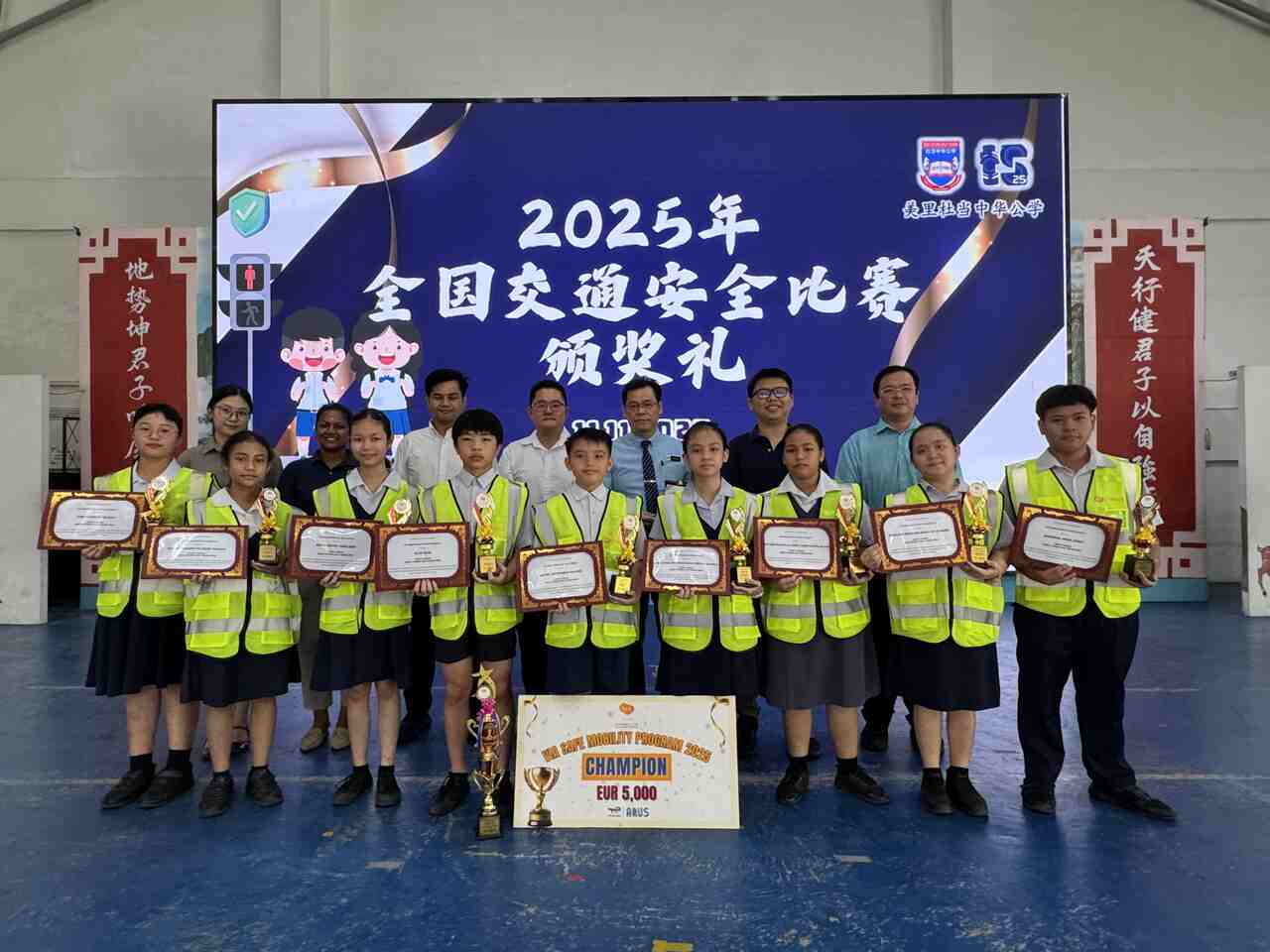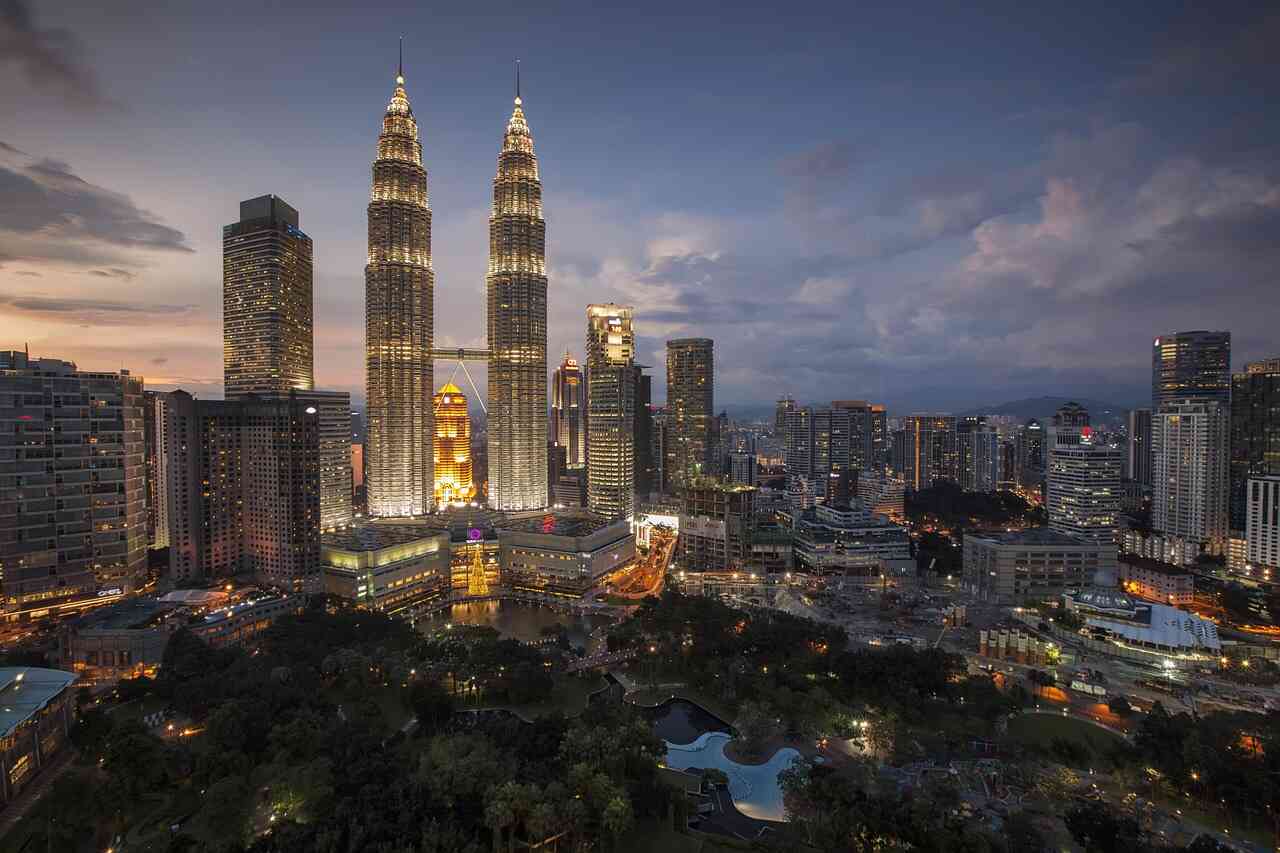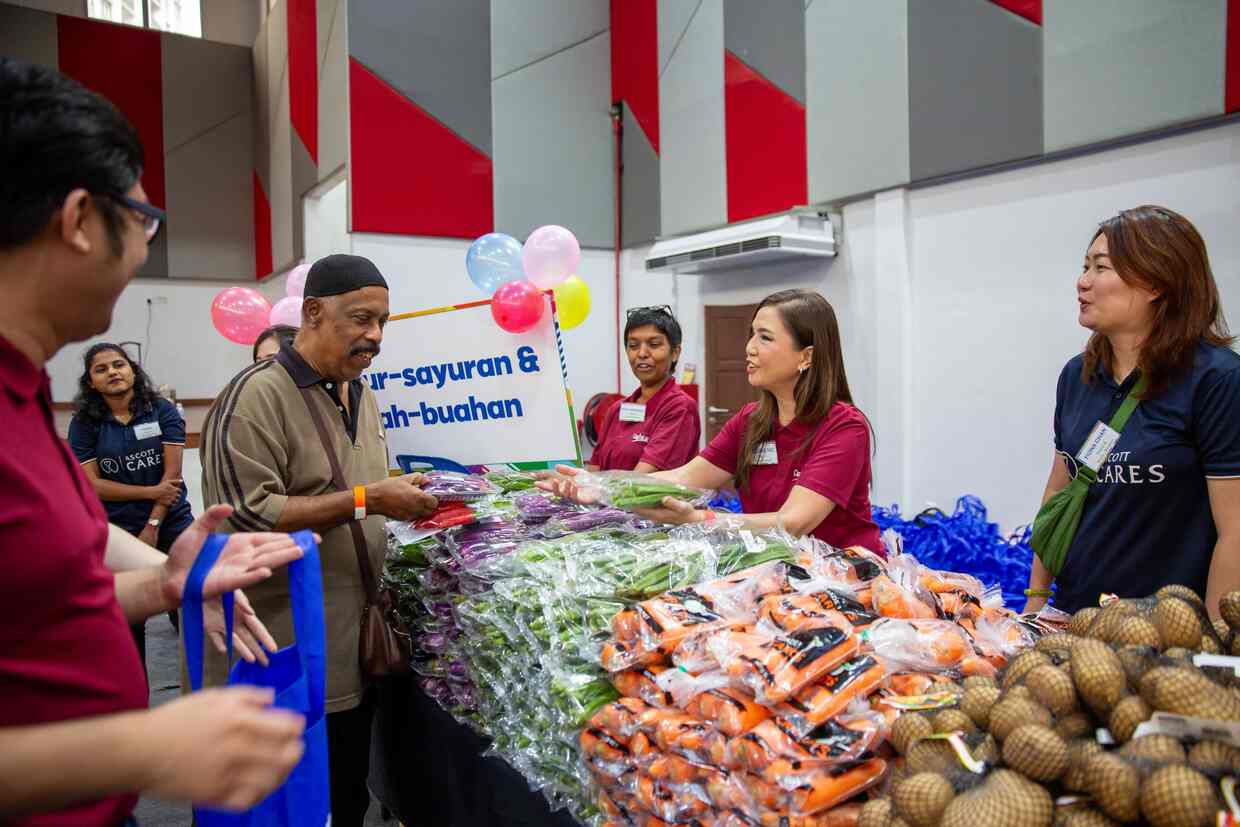Six high-risk areas have been identified as Kuala Lumpur City Hall (DBKL) gears up for possible flood in the last two months of the year.
DBKL deputy director general, Mohd Amin Nordin Abdul Aziz, said water-level indicators have been installed at Kampung Baru, Jalan Masjid India, Jalan Sultan, Jalan Dang Wangi, Dataran Merdeka and Jalan Tun Razak, near the Bernama headquarters, to monitor the intensity of any continual rainfall.
“The amount of rainfall is forecast to be between 250mm and 350mm in November and December, which is much lower if compared to the east coast,” he said at a media briefing at DBKL enforcement department office.
However, he does not rule out chances of a disastrous flood, saying that would be an Act of God.
“If the indicators detect a water-level rise at 40mm per hour, that would be is considered as intense [rainfall],” he explained.

“But we are confident that the situation won’t be as bad as Bangkok,” he (right) added.
He said DBKL, together with the police, fire, meteorological and other relevant departments, have formed a disaster relief management committee and activated a 24-hour operations room since the beginning of this month.
The centre can be contacted at (03) 4024 4424, (03) 4022 0055 or 019 212 0031.
Public advised to take LRT
He advises the public to take the LRT rather than driving into the city for the next two months, and urges them to avoid the city centre should there be a heavy downpour.
“If they don’t want their cars to be submerged, they better take LRT,” he said, half in jest.
On a serious note, he stressed that DBKL is “well-prepared” for the flood as 28 reservoirs have either been built or planned.
Some of the completed reservoirs are located at Bandar Menjalara, Setapak Jaya, Kampung Cheras Baru and Jalan Sungei Besi.
“On the eastern side of the city, the Smart motorway tunnel will also be able to divert overflowing water to Desa Tasik,” he said.
Should a flood occur, he said, announcements will be made on the variable-message signboard over highways and broadcast over radio stations. Fourteen multipurpose halls and 21 schools in KL will also be made into relief centres.
Manpower will also be deployed to direct traffic flow, he added.
KL last faced a major flood in March 2009 that left Jalan Ipoh and Jalan Tun Razak flooded while thousands people were left stranded as water-levels hit as deep as two metres.













